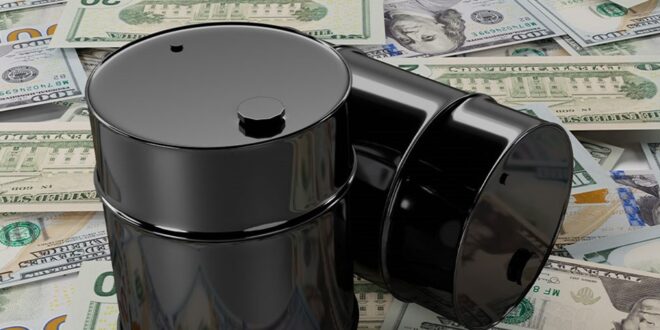Oil prices have soared to a 10-month high on Wednesday, with a surprise build in U.S. crude inventories failing to dampen expectations of tight supplies for the rest of the year. Front-month November Brent crude closed +1.5% at $92.06/bbl, its best settlement since November 16 while U.S. front-month Nymex crude for October delivery settled +1.8% to $88.84/bbl, its highest closing price since November 11, 2022. WTI and Brent have now gained 10.7% and 7.1% YTD, respectively.
The latest weekly data by the International Energy Agency (IEA) showed that U.S. crude inventories rose by 4 million barrels to 420.6 million barrels, a large increase compared to expectations by a Reuters poll for a 1.9 million-barrel drop. The Paris-based energy watchdog has revised down its demand growth forecast by 600,000 bpd.
But that setback has failed to persuade the bulls to cross the aisle.
“The big picture is the extended voluntary production cuts by Saudi Arabia and Russia. The deficit is now broadly equal to the Saudi additional voluntary cut,” Andrew Lipow, president of Lipow Oil Associates in Houston, told Reuters. The two countries have extended production cuts of 1.3 million barrels per day (bpd) of crude to year end, which Bank of America has predicted will lift Brent futures above the $100 a barrel threshold before the end of the year.
The OPEC Secretariat Oil Market Report published on 12 September contained few significant changes, with the demand growth forecasts unchanged at 2.44 mb/d in 2023 and 2.45 mb/d in 2024 while non-OPEC supply growth was revised higher by 69 thousand barrels per day (kb/d) to 1.58 mb/d in 2023 and revised 6 kb/d lower to 1.38 mb/d in 2024.
Commodity analysts at Standard Chartered remain firmly in the bull camp. The analysts have noted that oil prices have been driven higher in Q3 by sharp falls in inventories caused by excess demand, and have predicted that dynamic will continue in Q4. According to StanChart’s demand model, global crude inventories rose by 203 million barrels (mb) in H2-2022 but have forecast a 180 turn from that trend with global inventories expected to fall by 313 mb in H2-2023. The analysts have also predicted draws will average 1.4 mb/d in Q4, lower than Q3’s 2.0 mb/d average and August’s peak 3.1 mb/d draw, representing a significant additional tightening from a base of already low inventories. Meanwhile, the experts have forecast that China’s demand growth will continue being relatively slow and that U.S. supply growth will be relatively fast. Overall, they see a sizable net tightening remaining, reinforced in large part by a considerable y/y reduction in OPEC supply.
And, now to the part that really matters: StanChart has forecast Brent prices in Q4 2023 to average USD 93/barrel (bbl), a prediction that has remained virtually unchanged for the past 15 months despite Brent trading across a wide USD 50/bbl range during that period. That said, the analysts have cautioned that their forecast is a period average rather than a point forecast and hence have not ruled out an intra-Q4 high above USD 100/bbl. Indeed, they are confident that oil prices are more likely than not to surprise to the upside.
Hedge Funds Turn Ultra-Bullish
Just three months ago, oil markets were extremely bearish and rife with short-sellers, thanks to an abundance of negative catalysts including elevated inventory levels, rising supplies by Russia, Iran and Venezuela, weak global demand and sub-par recovery by the Chinese economy. Indeed, StanChart revealed that speculative short volumes were at one point more than six times larger than those after the collapse of Lehman Brothers and Bear Stearns in 2008.
But market sentiment has now improved quite dramatically, with hedge funds rushing back into the oil market with their most bullish wagers in more than a year after the extension of cuts by Saudi Arabia and Russia have sent crude surging 30 per cent since mid-June. In fact, the latest data showing positioning by money managers has revealed that they are at the most bullish on U.S. crude since June 2022.
“A considerable amount of dry powder had been sitting on the sidelines, meaning the recent strong tape could set off a further chase and catch-up in positioning. This oil market has evolved into as much of a momentum-based market as it is a fundamentally based one,” Michael Tran, a global energy strategist at RBC Capital Markets, has told Bloomberg.

 Iran Energy News Oil, Gas, Petrochemical and Energy Field Specialized Channel
Iran Energy News Oil, Gas, Petrochemical and Energy Field Specialized Channel



